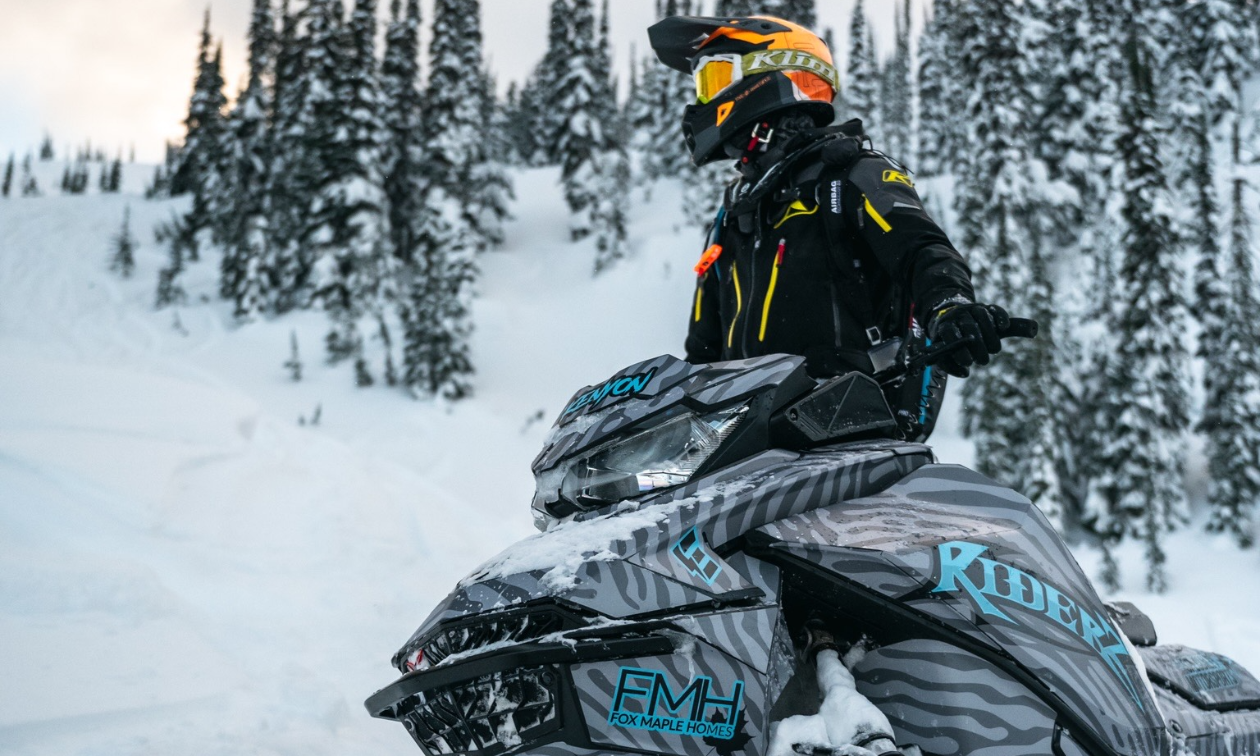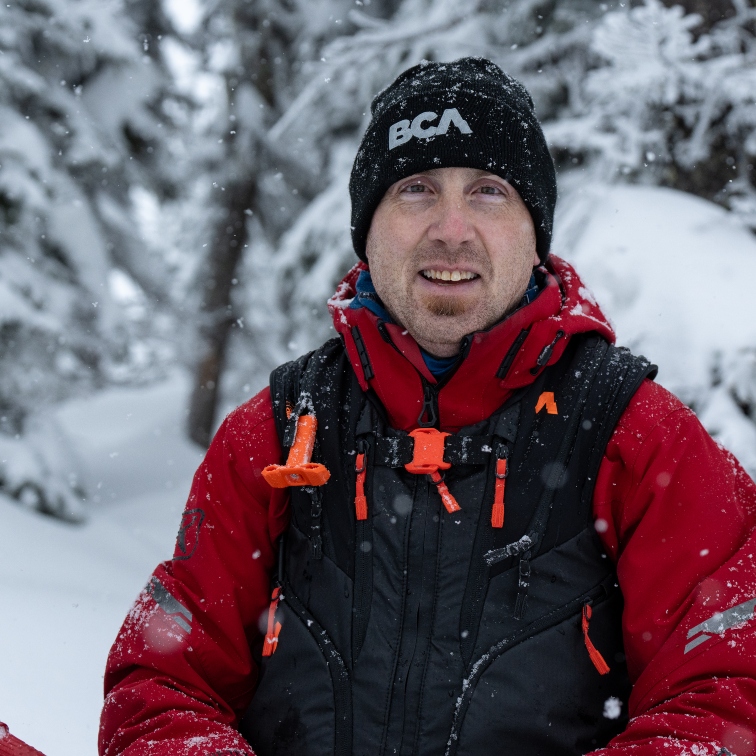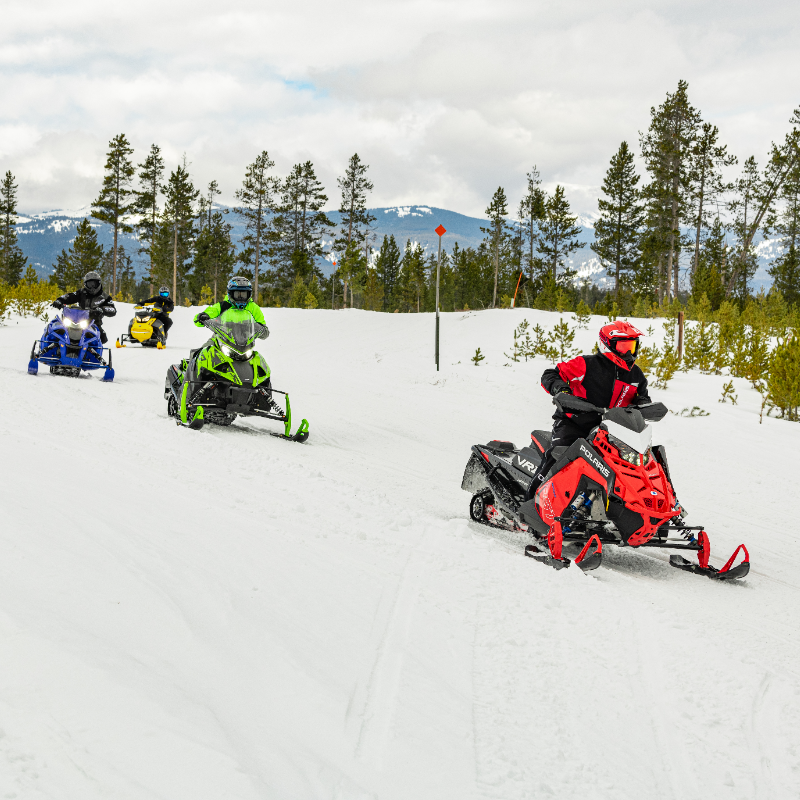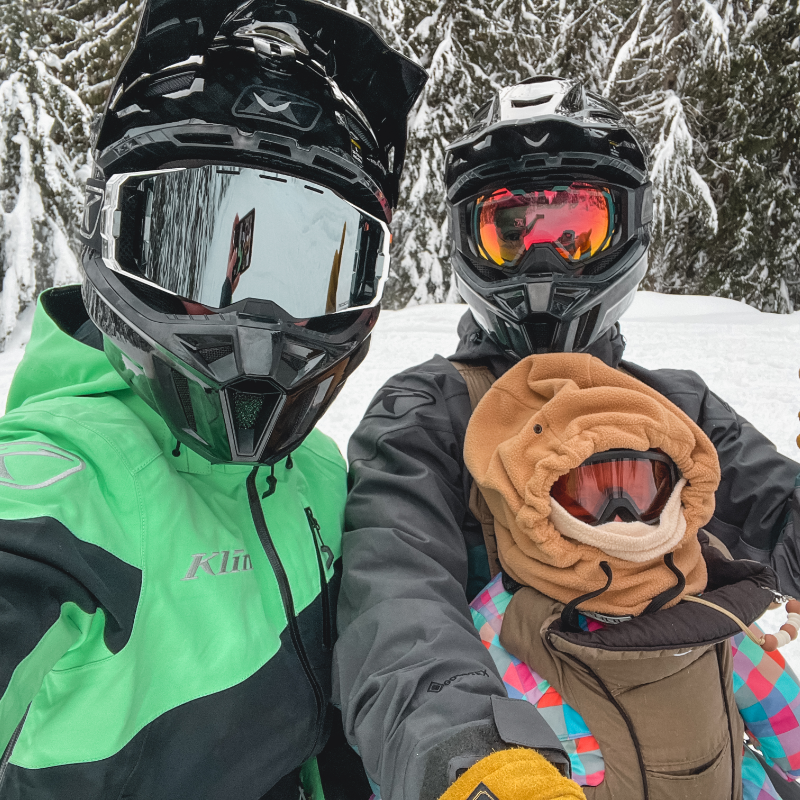Whoever said “Youth is wasted on the young,” never met Mason Kenyon. This young go-getter is all about promoting snowmobiling safety in the backcountry.
“When I was 10 years old, I started mountain riding with my dad,” Kenyon said. “We both took our AST 1 (Avalanche Safety Training) when I was 13 so we could be safer going riding together. It all snowballed from there as I thought learning about this stuff was really interesting. I later took my AST 2 at 15 years old.”
Kenyon is now in his second season as a youth ambassador for Avalanche Canada. Avalanche Canada’s youth ambassador program leverages the social media power of a few young riders from across the country who demonstrate a strong commitment to backcountry safety. With their help and influence, Avalanche Canada’s messages of awareness and safety can reach a wider audience.
“Avalanche Canada put out a post looking for youth ambassadors and I decided to apply,” Kenyon said. “I had to write an essay about myself and all my training. It was actually a pretty cool process and I couldn’t believe I was one of the few that was selected.”
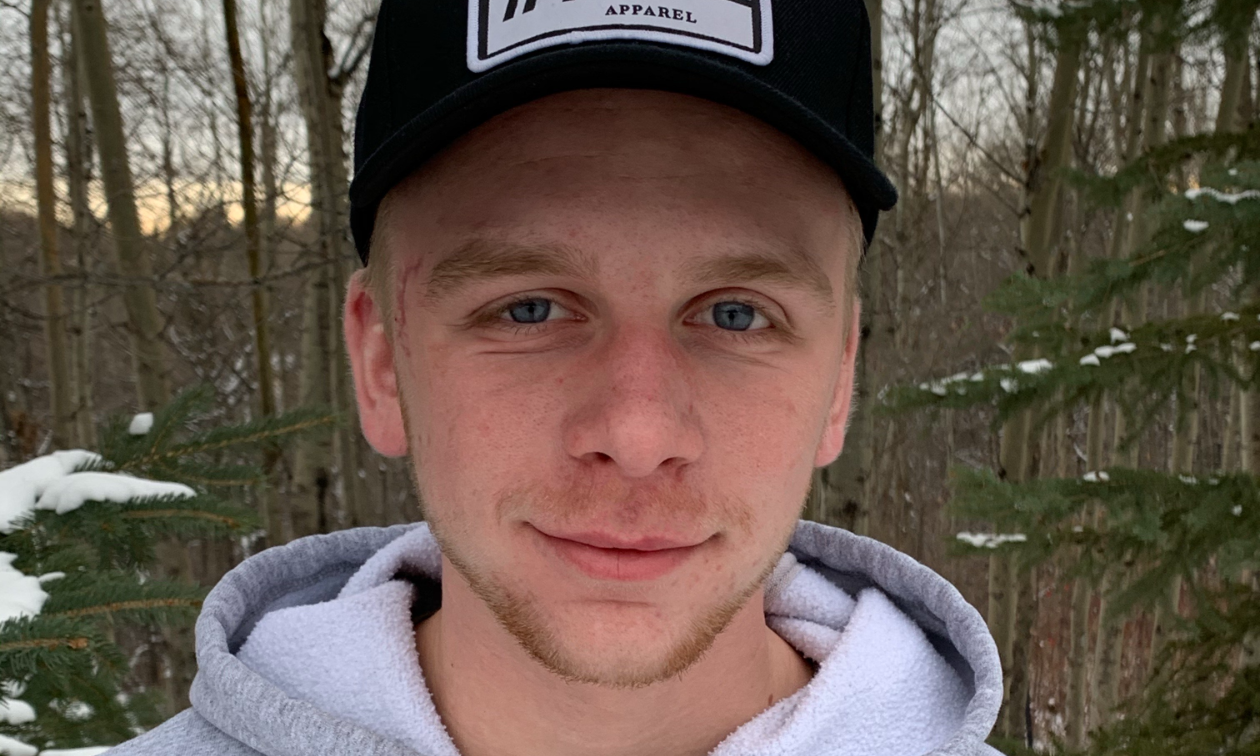
Even though Kenyon lives in Stony Plain, Alberta, he spends most of his time in Revelstoke, B.C., where Avalanche Canada has their office.
“Us ambassadors are talking to Avalanche Canada about some projects we would like to get in the works,” he said. “It’s always cool when they reach out to us to pick new clothing, hats and toques to keep the website fresh.”
A day in the life of an avalanche ambassador
So what does an avalanche ambassador actually do? Kenyon breaks down what an average day out in the backcountry looks like for someone like him.
“The first thing I do in the morning is check the avalanche conditions for that day and study the whole report,” Kenyon said. “Once we are about to head up the mountain, I am checking that everyone has their transceiver on and their radio on. Throughout the day, I’m watching for the problems I read about in the morning and maybe even doing some quick tests. At the end of the day, I’ll recap what I saw then go to the Avalanche Canada app and write a MIN (Mountain Information Network) report.”
As an avalanche ambassador, Kenyon also has an excellent Instagram page (@Mason.Kenyon) that he updates regularly.
“I have never been in an avalanche but I’ve set a few size 1’s off on some unstable days,” Kenyon said. “In spring, everything starts to warm up and melt. The snowpack and cornices do not like that. Everyone I ride with is very aware about the different risks depending on the conditions so we are usually really good about staying off crazy slopes when things are high.”
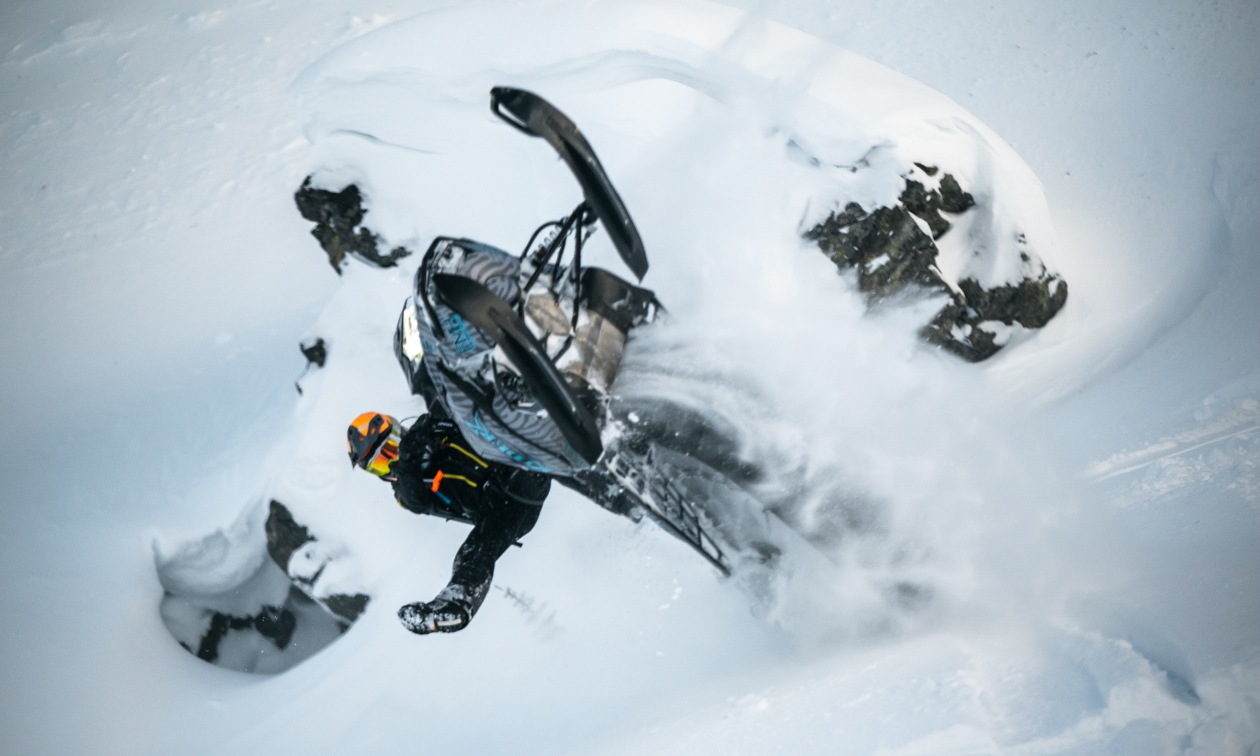
It’s never too late to learn and grow to become a responsible sledder. Regardless of age, smart snowmobilers are needed to lead the way for the rest of us.
“I think a lot of people are realizing that your AST 1 is your ticket into the backcountry,” said Kenyon. “A lot of people that I talk to have their training. It’s good to see people taking at least the first course. For anyone looking into taking courses, I highly recommend getting it done.”
Snowmobilers can learn everything they need to know on Avalanche Canada’s new online avalanche tutorial.
